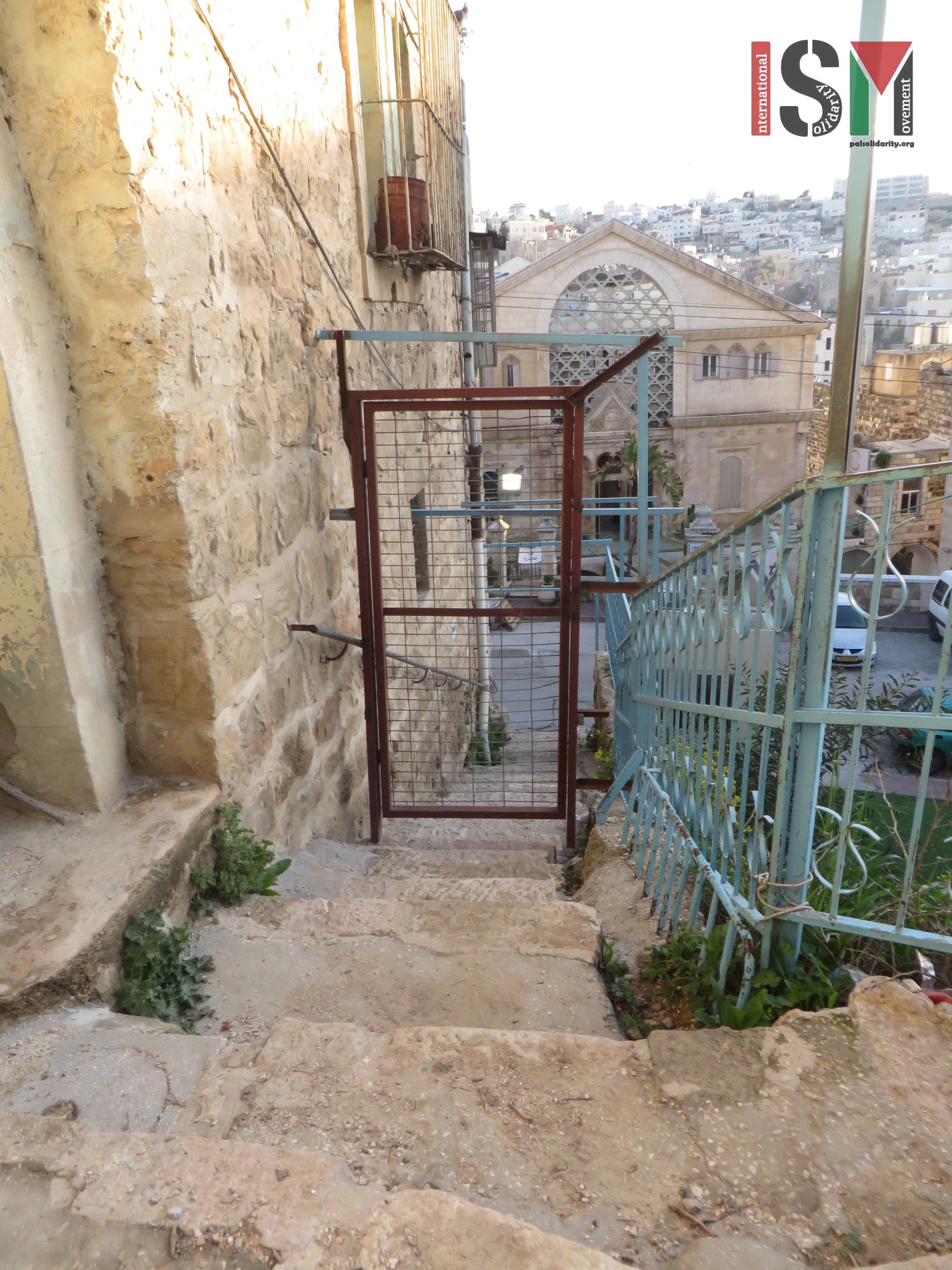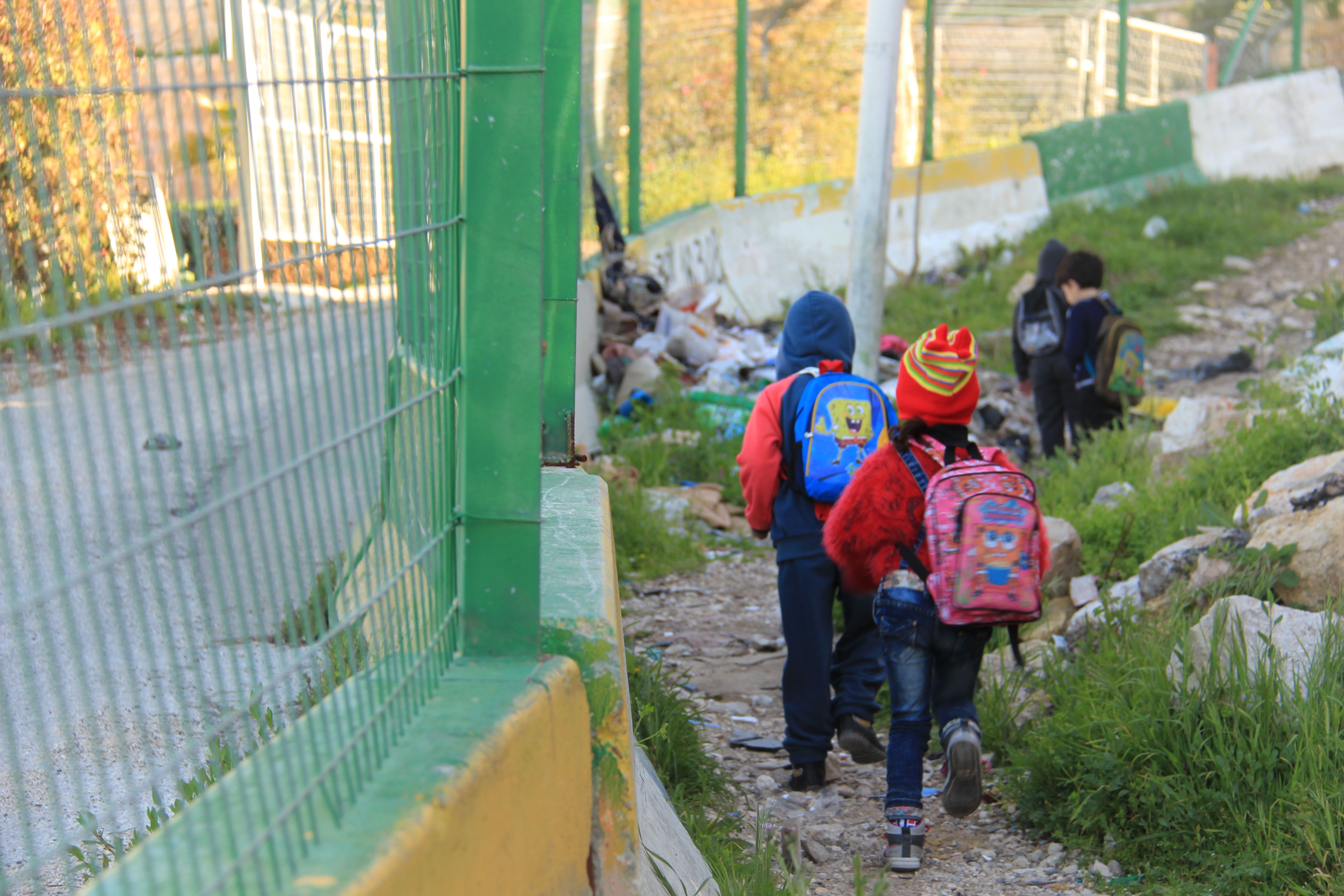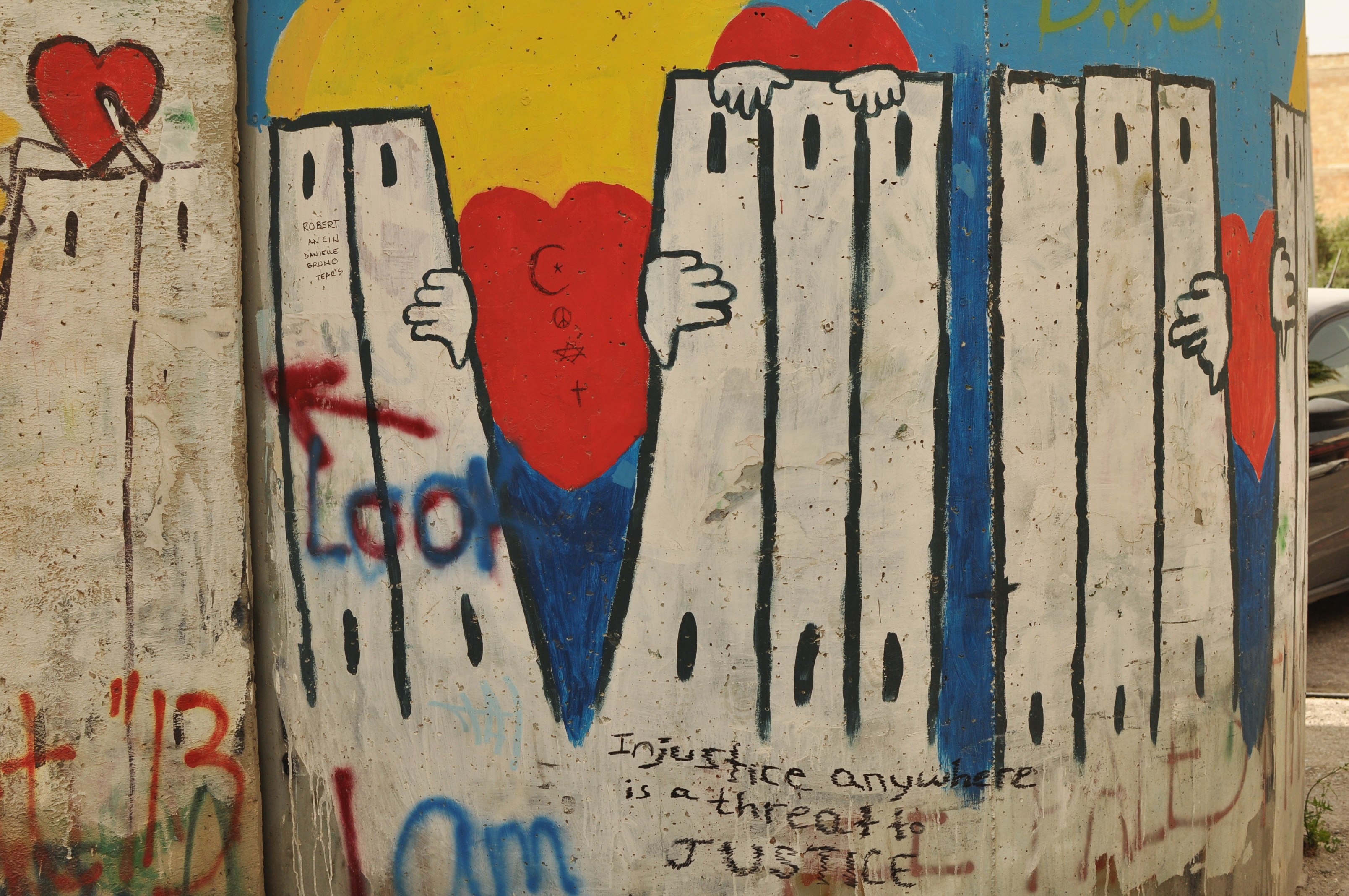Tag: Hebron
-
Ethnic cleansing of Shuhada Street in occupied al-Khalil (Hebron)
6th March 2016 | International Solidarity Movement, al-Khalil team | Hebron, occupied Palestine Since the 1994 Ibrahimi Mosque Massacre, the majority of Shuhada Street – once the thriving Palestinian market and main thoroughfare connecting north and south al-Khalil (Hebron) – has been closed to Palestinians. They are completely barred from accessing it, except for a…
-
‘It is my job to scare Palestinian children’ – Israeli forces justify intimidation of kindergarten children
6th March 2016 | International Solidarity Movement, al-Khalil team | Hebron, occupied Palestine Kindergarten-children in occupied al-Khalil (Hebron) often face harassment and intimidation by Israeli forces on their way to kindergarten. Listen to this audio recording of a discussion between an international volunteer and the soldiers about why the soldiers ‘have to’ scare the kindergarten-children…
-
Help Josefin get her visa to stay with her husband in Hebron
5th March 2016 | Hebron, occupied Hebron 25-year old Social Work student Josefin Herbach from Germany and 23-year old Abd Elrahman met doing human rights work in occupied Hebron. They were married on the 11th of November, and as Josefin planned to stay in Hebron to live with her husband, she applied for a “spouse…



